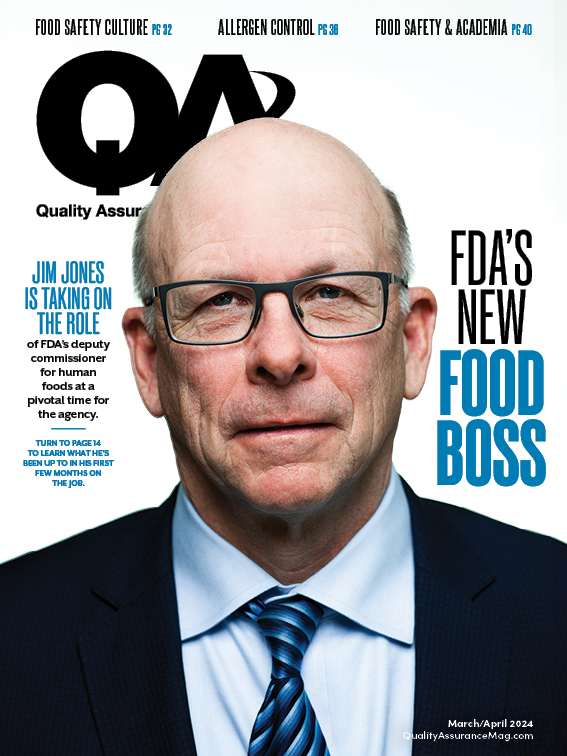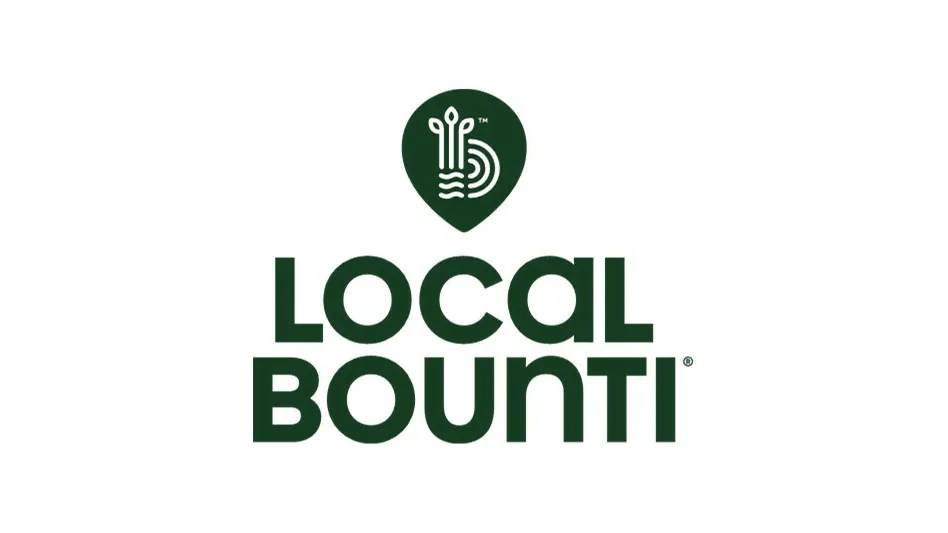
Editor's Note: This article originally appeared in the print edition of QA under the headline "Beyond Pathogens."
The 1906 Pure Food and Drugs Act laid the foundation for modern food safety, emphasizing the elimination of “added poisonous or other added deleterious ingredient[s].” Yet more than a century later, we are still confronted with complex challenges that test the limits of this foundational principle.
This year, we have already witnessed a series of recalls with examples of physical contaminants that can breach the food supply chain, including shredded cheese with glove remnants, mini quiches with aluminum and diced tomatoes with plastic.
Some recent incidents have also made headlines. In 2023, the alleged link between Panera Bread’s high-caffeine Charged Lemonade and cardiac incidents in consumers, including two deaths, highlights a critical need for proper label communication, risk assessment and consumer education.
The 2024 death of a young woman due to undeclared peanuts in a cookie sold at a Connecticut Stew Leonard’s store underscores the catastrophic impact of mislabeling. The subsequent discovery of unlisted eggs further compounds the issue, demonstrating the need for stringent allergen control by manufacturers and retailers.
In 2023, we learned of the death of a Massachusetts teen tied, according to a lawsuit, to the viral One Chip Challenge (that involves eating, purportedly, the spiciest tortilla chip in the world). Here is a grim reminder of the dangers posed by extreme food products and the necessity of clear communication of risks to consumers.
The Herculean effort behind food safety requires courage at all levels to consider and act on a full spectrum of food safety concerns.
An ongoing 2023 outbreak has impacted more than 375 children with elevated levels of lead in their blood. The FDA traced the poisoning to pouches of cinnamon applesauce. Investigators found the cinnamon, processed in Ecuador, had a level of lead some 2,000-times the amount considered safe. Further, investigators found elevated levels of chromium in the product. This incident highlights the dire consequences of failing to monitor and control contaminants at every stage of the supply chain — including imported foods.
I should also mention the 2022 FDA warning issued after thousands of dead rodents were found (as well as a history of infestation) in Family Dollar’s Arkansas distribution facility. A large quantity of products from more than 400 stores across six states were voluntarily recalled, including everything regulated by the FDA: human foods, dietary supplements, vitamins, cosmetics, skin care, sanitary products, pet foods, medical devices and over-the-counter medications for adults and children. This incident should remind us of the critical need for comprehensive pest control measures in all food-related facilities, as well as corporate social responsibility to prevent and take timely and adequate measures to resolve these failures. Further, this incident reminds us that the impact on food availability to numerous communities must be considered in the evaluation of severity of outcomes for failure in protecting food.
In addition to meticulous oversight of food safety practices and advocating for policies and technologies that advance our ability to detect and prevent contamination, FSQA leaders must:
- Implement robust procedures for evaluating and managing risks associated with new and existing ingredients.
- Strengthen accurate labeling and transparency for all products, especially new/novel ingredients and allergens.
- Invest in monitoring technologies and validation efforts to test and validate label claims prior to food distribution, such as allergens and foreign materials — even going as far as to take simple, proactive steps, such as supplying workers with gloves that do not easily tear.
- Actively inform the public about potential risks associated with food products, particularly those that are novel or part of social media trends.
As FSQA leaders, we are the guardians of public health in the complex world of food production and distribution. Our future food safety legacy will be written by our actions and commitments today. Let us rise to the challenge, armed with knowledge, innovation and an unwavering dedication to ensuring that food is not just delicious or consistent in taste, but, above all, safe.

Explore the March/April 2024 Issue
Check out more from this issue and find you next story to read.
Latest from Quality Assurance & Food Safety
- Breck Partners Acquires NPX One
- Agilent Technologies and ICAR-National Research Centre for Grapes Partner to Enhance Food Safety Standards
- USDA, HHS Announce New Actions to Reduce Impact and Spread of H5N1
- Cornell Dairy Foods Extension Offers Membrane Processing Workshop
- HEMCO Releases Cabinet for Flammable Storage
- Food Safety Summit Keynote Focuses on Food Safety Leadership
- FDA Publishes Landmark Final Rule to Enhance the Safety of Agricultural Water
- The Wendy's Company Reports 2023 Corporate Responsibility Progress





